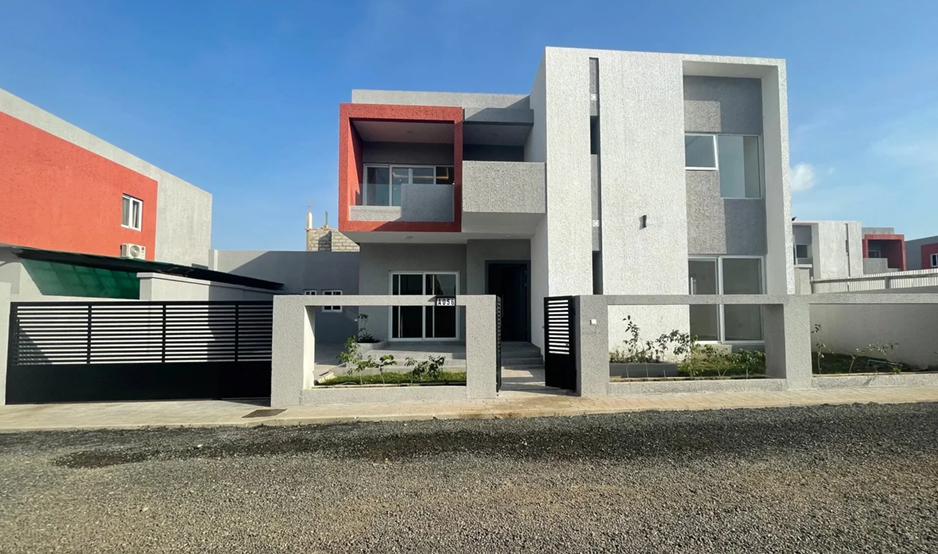
Addressing the global housing crisis requires innovative and sustainable solutions that provide affordable and decent living conditions for all. Low-cost housing solutions focus on reducing construction costs without compromising on quality, safety, or environmental sustainability. These solutions aim to make home ownership and rental housing more accessible to low-income families and individuals.
1. Affordable Living: Low-cost housing provides affordable living options for those who cannot afford conventional housing. This helps bridge the gap between high housing costs and low-income households, improving overall living standards.
2. Social Equity: Access to affordable housing is a fundamental human right. Low-cost housing solutions promote social equity by ensuring that everyone has a safe and decent place to live, regardless of their economic status.
3. Economic Stability: Affordable housing supports economic stability by reducing the financial burden on low-income families. This allows them to allocate more resources to other essential needs such as healthcare, education, and savings.
4. Community Development: Low-cost housing projects can revitalize communities by providing stable and secure housing, which in turn promotes social cohesion and community development.
Innovative Construction Techniques: Utilizing cost-effective construction methods such as prefabrication, modular construction, and 3D printing can significantly reduce building costs and time. These techniques offer efficient and scalable solutions for mass housing.
5. Public-Private Partnerships: Collaborating with government agencies, non-profit organizations, and private sector entities can leverage resources and expertise to develop affordable housing projects. These partnerships can provide funding, land, and technical support.
6. Community Participation: Involving the community in the planning and construction process ensures that housing solutions meet the specific needs and preferences of residents. This participatory approach fosters a sense of ownership and responsibility among the community.
7. Efficient Design: Designing compact and efficient living spaces maximizes the use of available resources and reduces construction costs. Thoughtful design can also enhance the functionality and livability of small spaces.